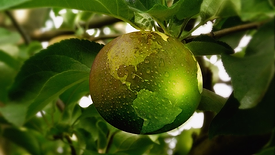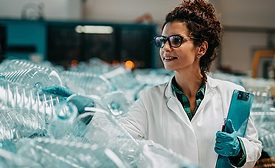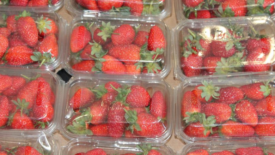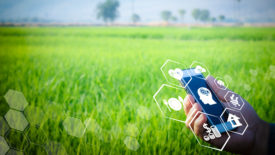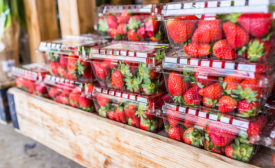Home » sustainability
Articles Tagged with ''sustainability''
When It Comes to Safe, Sustainable Packaging, What is Job No. 1?
The concept of food safety as the primary element in sustainable packaging decisions must logically flow through an organization from the top down
August 15, 2022
BIZTRACKS
Sustainable, PFAS-Free Food Packaging Introduced by Zume and Solenis
April 7, 2022
Never miss the latest news and trends driving the food safety industry
eNewsletter | Website | eMagazine
JOIN TODAY!Copyright ©2025. All Rights Reserved BNP Media.
Design, CMS, Hosting & Web Development :: ePublishing
